This blog will explore the differences between coercion and threats, particularly how they manifest in intimate and other types of relationships. While both are related concepts, it’s important to understand that they aren’t quite the same. When a partner or someone else in your life is unwilling or unable to see you as a separate individual with the right to make your own decisions, they may resort to extreme measures to maintain control over you.
Coercion involves persuading or forcing someone to do something against their will. Here are some examples:
- A partner or others use emotional manipulation to pressure you into agreeing to certain demands.
- An employer pressures you to work unpaid overtime by implying that failure to do so could lead to job loss.
- A police interrogation coerces a confession to a crime through prolonged questioning, threats of harsh penalties or promising leniency for a confession.
- Someone coerces you into giving them money by threatening to harm you or your loved ones.
- Governments pressure individuals into compliance by imprisonment or fines for protesting or speaking against policies.
In each of these examples, the core element of coercion is that the individual’s decision-making process is heavily influenced or controlled by external pressures, undermining the individual’s ability to make an independent, unforced choice.
When we explore the definition of threats, we focus on declarations of potential harm. Threats also involve the pressure individuals face to comply in order to avoid negative consequences. Here are a few examples:
- “If you don’t do what I say, I’ll break up with you.”
- “If you don’t stay late to finish your job, you’ll be fired or demoted.”
- “If you go out, I will not let you back in the house.”
- “I will divorce you and take the kids if you if you call the cops.”
- “I will not pay you child support if you leave me.”
- “If you don’t cooperate with the investigation, we’ll charge you with obstruction of justice.”
- “If you don’t complete the assignment by today, you will fail the class.”
The examples of threats are numerous, but the underlying truth remains: threats are a means to influence someone’s behavior. Whether driven by personal desires, insecurities, or a need for control, people use coercion or threats for various reasons. Understanding the motivations behind these actions can promote healthier, more respectful interactions with others.
If you or a loved one is being coerced into something unwanted or threatened by another person, remember that you are not alone—help is available.
YWCA Northwester IL: 1-(815) 484-9442
Illinois Domestic Violence Helpline: 1-(877) 863-6338
National Domestic Violence Hotline: 1-(800) 799-7233
Please remember all calls are confidential.
-Estefania Barrientos, YWCA Northwestern Illinois La Voz Latina FAC Parent Educator/PAIP Coordinator




